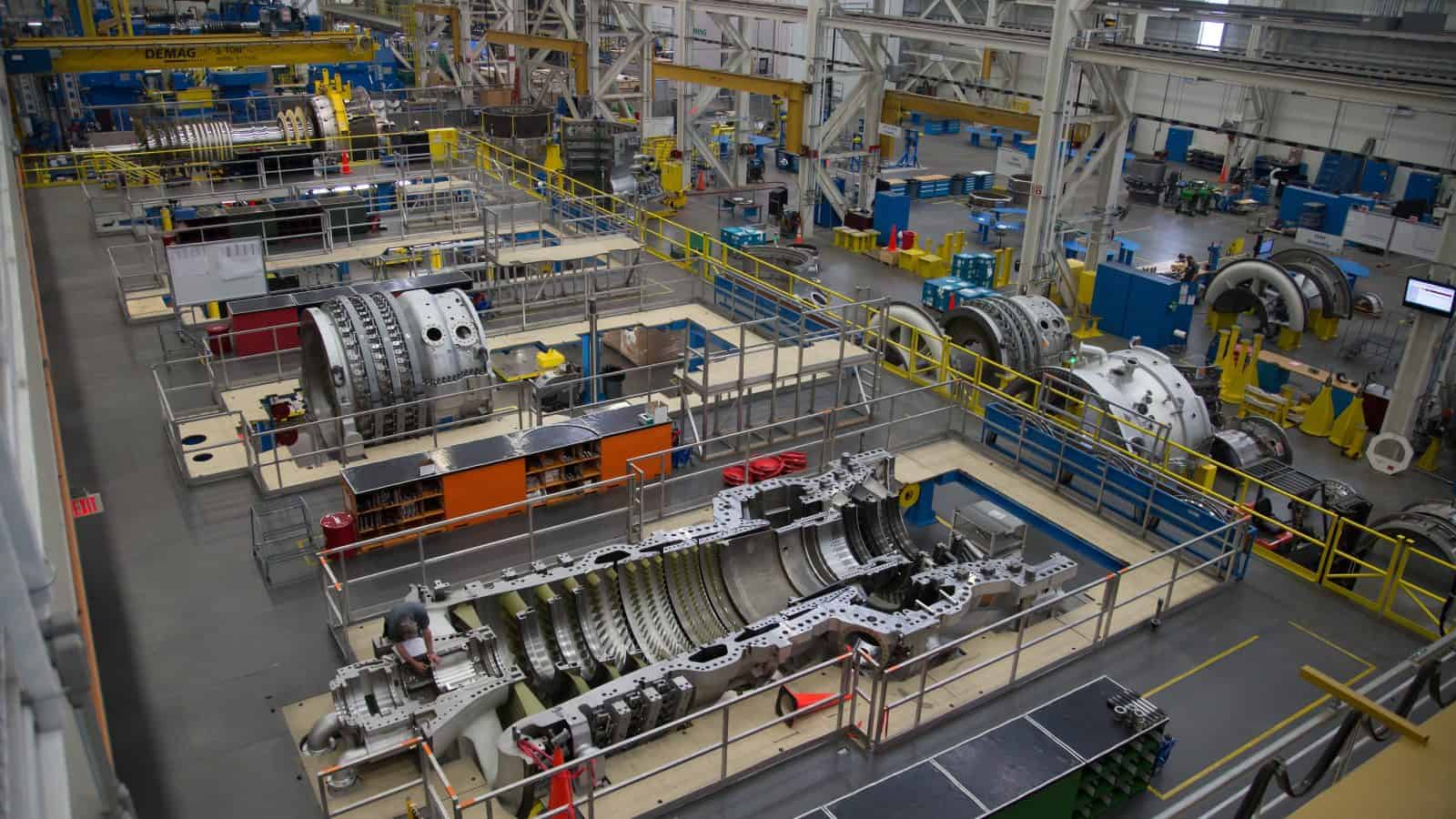
Benefits of Document Imaging in the Manufacturing Industry
Digitizing Manufacturing for Smarter, Leaner Operations
In today’s competitive and fast-paced manufacturing environment, agility and efficiency are essential. Document imaging is more than just a paperless solution—it’s a strategic tool that enables smarter workflows, improves data security, supports compliance, and enhances operational continuity. By digitizing critical documents, manufacturers gain better visibility, faster access, and the ability to collaborate more effectively across their entire company.
Key Benefits
- Accelerated Access & Smarter Retrieval
A centralized digital document repository provides immediate access to production plans, safety documents, quality control records, and other mission-critical files. This dramatically reduces the time wasted searching through physical archives and enables faster, more informed decision-making. Digital retrieval also minimizes downtime by ensuring that teams can respond quickly to changes, incidents, or equipment issues. - Robust Security & Seamless Compliance
Digital documents are protected with enterprise-level encryption and access controls, ensuring only authorized users can access sensitive information such as proprietary designs, SOPs, and compliance documentation. Audit trails and version control make regulatory reporting easier and reduce the risk of non-compliance with industry standards such as ISO, OSHA, and FDA regulations. - Enhanced Cross-Functional Collaboration
Teams across departments—engineering, production, procurement, quality, and more—can collaborate in real time with shared access to updated documentation. This is especially valuable in multi-site or global operations where speed and consistency are critical. Cloud-based access ensures remote teams and vendors can work seamlessly, regardless of location. - Operational Cost Reduction
Moving to a digital document ecosystem significantly lowers costs associated with paper, printing, storage, and administrative overhead. It also decreases the likelihood of human error, lost documents, or process delays, all of which can result in costly rework or production stoppages. Over time, these savings contribute to a leaner, more resilient operation. - Improved Workflow Efficiency
Automated routing and approvals ensure documents move through production and administrative processes faster, helping to avoid bottlenecks and delays. Integration with ERP and MES systems allows for better synchronization across departments. - Business Continuity & Disaster Recovery
Digitized records stored in the cloud are protected against physical loss from fire, flooding, or other disasters. Instant recovery ensures that operations can continue with minimal disruption in the event of an emergency. - Increased Visibility for Audits & Quality Control
Easily track revisions, approvals, and document history. Quality control teams benefit from immediate access to testing protocols, inspection records, and certifications, reducing the chance of non-compliance or production issues. - Scalability for Growing Operations
As your manufacturing business expands, digital document systems scale effortlessly—supporting new facilities, product lines, and teams without added complexity.
Document imaging is a transformative solution that empowers manufacturers to modernize their operations, drive data-informed decisions, and future-proof their businesses in an increasingly digital world.
Document imaging is a powerful tool that modernizes manufacturing workflows, increases efficiency, and aligns with long-term business goals.
Pages
Copyright © 2025 ScanSearch – All Rights Reserved.
